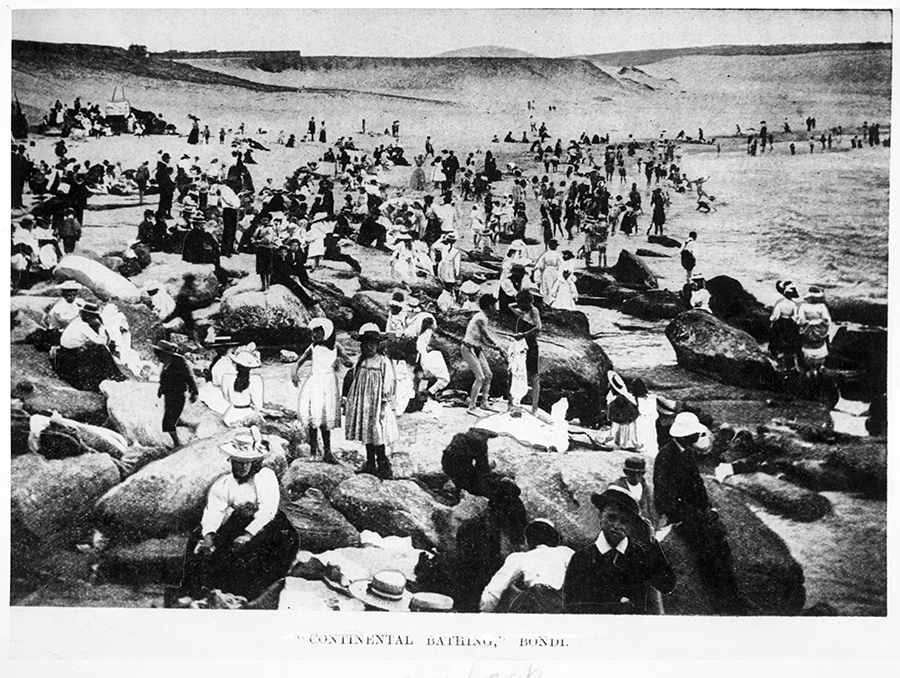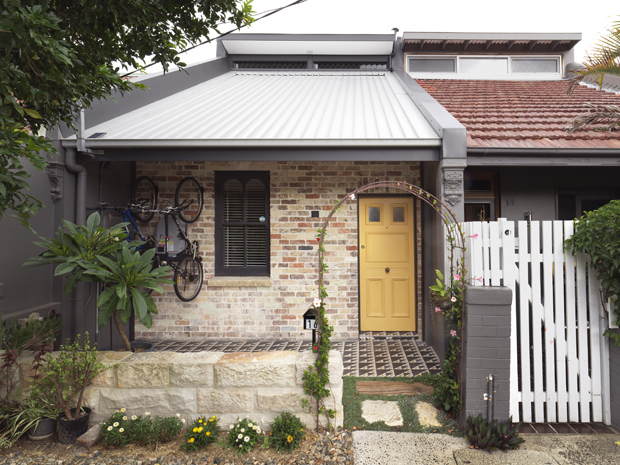- Home Home
-
Residents
Residents
- Waste & recycling Bins, clean-ups and disposing of tricky household items
- Parking Permits, car parks, maps and safety
- Your trees, plants & garden Tree pruning, native gardens and Living Connections
- Neighbourhood issues Report and resolve common issues
- Pets Dog and cat ownership, lost animals and off-leash parks
- Precinct committees Your local connection to Council
- Waverley LGA Maps Maps of the environment, planning zones and more
- Payments Pay for rates, certificates, permits and licences
-
Community
Community
- Children, youth & family services Early education, day care, support & resources
- Awards & grants Local Hero Awards, Garden Awards, Small Grants
- Get involved in your community Volunteering, creating connections, gardening
- Over 60s Services, activities, Mill Hill 60+ program
- Housing & homelessness Affordable housing, programs & support services
- Cultural diversity & inclusion Multiculturalism, language help, citizenship
- Aboriginal & Torres Strait Islander people Commitment to Reconciliation, plans & policies
- Disability inclusion Support services, access & inclusion projects
-
Business
Business
- Resources for Business Events, grants and support
- Innovation Roadmap 2025 to support business
- Tourism Home to Australia's most famous beach.
- Sponsorship Support local events
- Procurement Submitting tenders & expressions of interest to Council
- Commercial waste & recycling services Tailored waste services for business
- Mobile vending Waverley has limited mobile vending licenses
- Hello Bondi Council’s website to help visitors enjoy their stay
-
Recreation
Recreation
- Events Browse performances, exhibits and experiences
- Places of interest Historic buildings, markets, dining and Bondi Pavilion
- School Holiday Programs Fun-filled activities, workshops and events.
- Beaches & coast Beach information, safety, pool cleaning schedules
- Parks & reserves Location, public facilities and accessibility
- Arts & culture Artistic vision, creative programs, spaces and awards
- Venue & sport facilities hire Book indoor venues and sport facilities in Waverley
- Use of public spaces Events, commercial activations, filming etc
-
Environment
Environment
- Council leadership on environmental action Research, strategies and Council programs
- Climate resilience and reducing emissions Switch to electric, go solar and grants for apartments
- Water and the coast Keep beaches clean, save water and enjoy the sea
- Towards zero waste Reduce waste at home and at work
- Public tree management & urban greening Street Tree Masterplan and planting zones
- Native vegetation and animal habitat Join Bushcare and enjoy Waverley’s natural spaces
- Transport Council policy, bike and car share, electric vehicles
- Second Nature Council’s environmental news and events hub
-
Planning & Development
Planning & Development
- Development Applications The DA process, key documents & community consultation
- DA Tracking Tool Search a Development Application by number or date
- Application forms & certificates incl Planning, Rating, Construction and Occupation
- Waverley Local Planning Panel (WLPP) DA determination panel
- Compliance and regulations incl fire safety, food, pools and pollution
- Heritage incl Heritage Conservation Areas and fact sheets
- Urban planning and design Making Waverley a great place to live and work
- Major projects Council-delivered buildings, streets and parks
-
Council
Council
- Organisation structure Four directorates serve the community
- Mayor & councillors Your Mayor, Councillors, wards and contact details
- Council & committee meetings Dates, agendas and minutes of meetings of Council
- Advisory committees Advisory Committees of Council
- Policies, plans, strategies and reports Council's vision and delivery
- Jobs Current vacancies and working at Waverley
- Access to information Gaining access to publicly available information
- Payments Pay for rates, certificates, permits and licences
- Home
- >
- Planning & Development
- >
- Heritage
- >
- Heritage in Waverley
-
Development Applications
- Overview of Development Applications (DAs)
- Local Environmental Plan 2012
- Development Control Plan 2022
- Development Application Process
- Exempt & Complying Development
- Pre-Development Applications
- Preparing a Development Application
- Assessment of Development Applications
- Community Consultation
- Tracking a Development Application
- Approval - Conditions of Consent
- Applications made Post Determination
- DA Tracking Tool
-
Application forms & certificates
- Section 735A & 121ZP Outstanding Notices Certificate
- Section 10.7 Planning Certificate
- Section 603 Rating Certificate
- Building Information Certificate
- Construction Certificate
- Heritage Exemption Certificate
- Occupation Certificate
- Subdivision Certificate
- Public Domain Technical Manual
- Civil Engineering Standard Drawings
- Waverley Local Planning Panel (WLPP)
- Compliance and regulations
- Heritage
- Urban planning and design
- Major projects
Heritage in Waverley

The former sand dunes of the Bondi region are evident in this ‘continental bathing’ image.
Waverley became Australia’s second municipality in 1859, and today has the second highest population density of any LGA. Known the world over for its natural jewel – Bondi Beach - the area has an incredible First Nations and post-colonial history and continues to evolve, with Waverley Council working with the NSW Government to guide heritage protection, urban planning and design.
Until the early 20th century, Bondi's famous shoreline was marked by large and shifting sand dunes, met with hinterland lagoons. As the traditional owners, the Bidiagal and Gadigal once occupied the region, using its ridgelines to travel, overlook and manage their lands. This is also evidenced by Aboriginal workshops in the area.
Part of large colonial land grants, the Waverley area has been used for cattle grazing, as a coastal getaway (Bronte House still stands as a reminder of this time) and later, residential subdivision and is now home to the largest CBD in the eastern suburbs.
Waverley’s rich history means there are now 15 protected items listed on the State Heritage Register and 325 heritage items included in the Local Environmental Plan (view them on the State Heritage Register). Bondi Beach and Centennial Park are also on the National Heritage List.
Many heritage items are owned by residents and businesses, such as the iconic Inter-War art deco buildings concentrated in the Bondi region. Council provides a framework of information to help residents maintain and/or develop their property while protecting local heritage:
- Waverley Heritage Policy, studies and assessments provide information on how to care for and develop heritage items, such as what to do when a fire upgrade is required for a protected apartment building.
- Heritage Conservation Areas (HCA) are protected precincts which have bespoke requirements. For instance, all buildings in the HCA erected prior to a certain date may need to be maintained in a certain way, but sympathetic additions/extensions are permitted.
Developing a heritage property
- Ordering a Planning Certificate is a definitive way to check if heritage planning controls are applicable to a property.
- Schedule 5 of the Local Environmental Plan (LEP) lists all HCA and heritage items.
- Section B8 of the Development Control Plan (DCP) provides greater detail on what is required when developing a heritage-listed property.
- For most development works, a Development Application (DA) will be required.
- For minor development works, a Development Application (DA) may not be required, instead a Heritage Exemption Certificate may be sufficient.
- To prune or remove a tree from a heritage-listed property and/or a property that is within a HCA, see Tree pruning and removal.
Recognising exceptional heritage conservation
First held in 2006, the Waverley Heritage & Design Awards initially promoted Waverley's rich history by acknowledging projects that conserved, maintained and adapted heritage-listed places. The Awards evolved to recognise excellence in contemporary design, and the most recent iteration was held in 2019. Past winners include the Junior Administration School at St Catherine’s School, Moreton Manor (formally Scarba House), Waverley Cemetery Coastal Walk, and The Doll’s House (16 Cables Place, Waverley).
Did you know: The LGA takes its name from Waverley House, which was the home of Barnett Levey, which was built on his 60-acre farm in 1827 and stood on what is now Oxford Street. The home was named after Edward Waverley, the fictional hero of the Sir Walter Scott Waverley novels. Levey was the first free male Jewish settler in Australia and founded the nation’s first permanent theatre – the Theatre Royal in Royal Hotel, George Street. For more local history, visit Waverley Library. |

The Doll’s House, 16 Cables Place, Waverley. 2019 Waverley Heritage & Design Awards winner Commendation for Emerging Architect - Lucy Shannon, Urban Rhetoric Pty Ltd.
Need assistance?
Contact the Heritage team or make an appointment to speak to the Duty Planner.
Quick links
Related forms/documents
